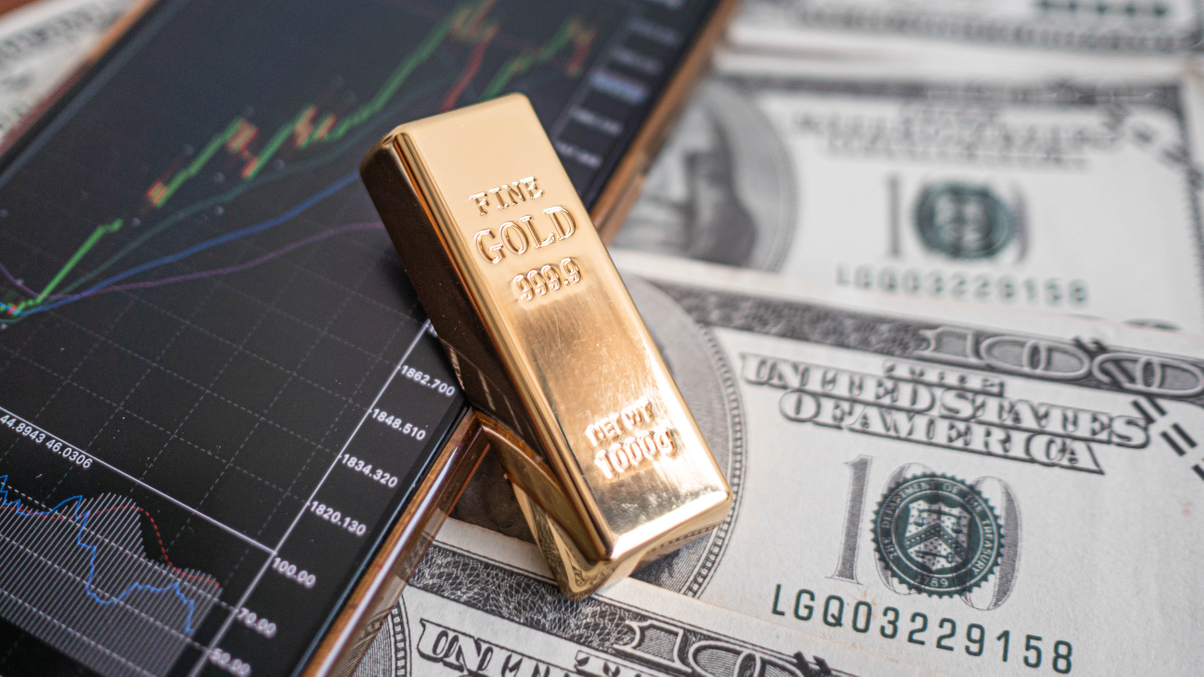Market Views: Will gold prices keep hitting record highs?
Gold has been reaching new highs lately, driven by the market's anticipation of a potentially dovish shift in Federal Reserve policy. Which direction is the precious metal heading in the next few months? Experts give their takes.

After Wednesday's US Federal Reserve meeting raised dovish market expectations, gold hit a new record, surpassing $2,200 per ounce during the Asia trading hours.
Sign in to read on!
Registered users get 2 free articles in 30 days.
Subscribers have full unlimited access to AsianInvestor
Not signed up? New users get 2 free articles per month, plus a 7-day unlimited free trial.
¬ Haymarket Media Limited. All rights reserved.


